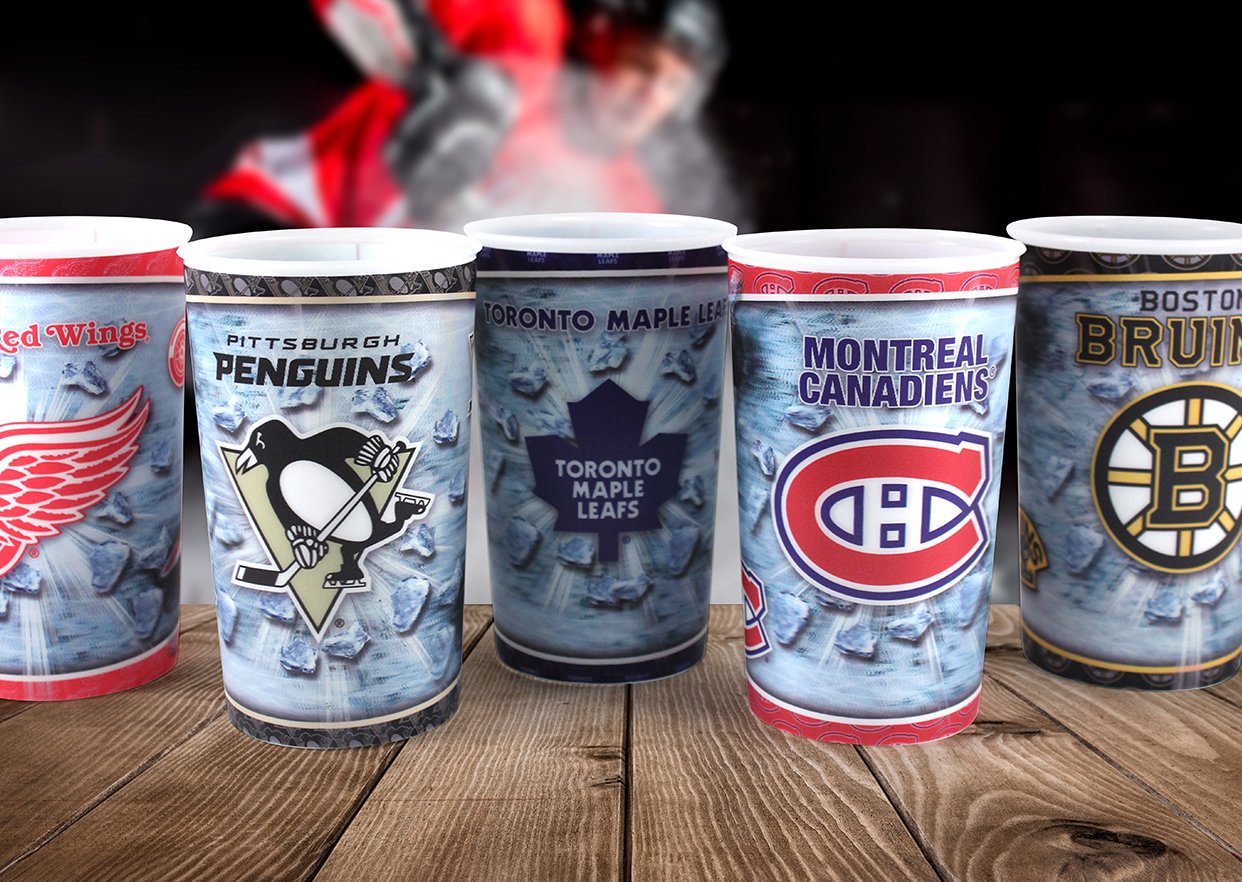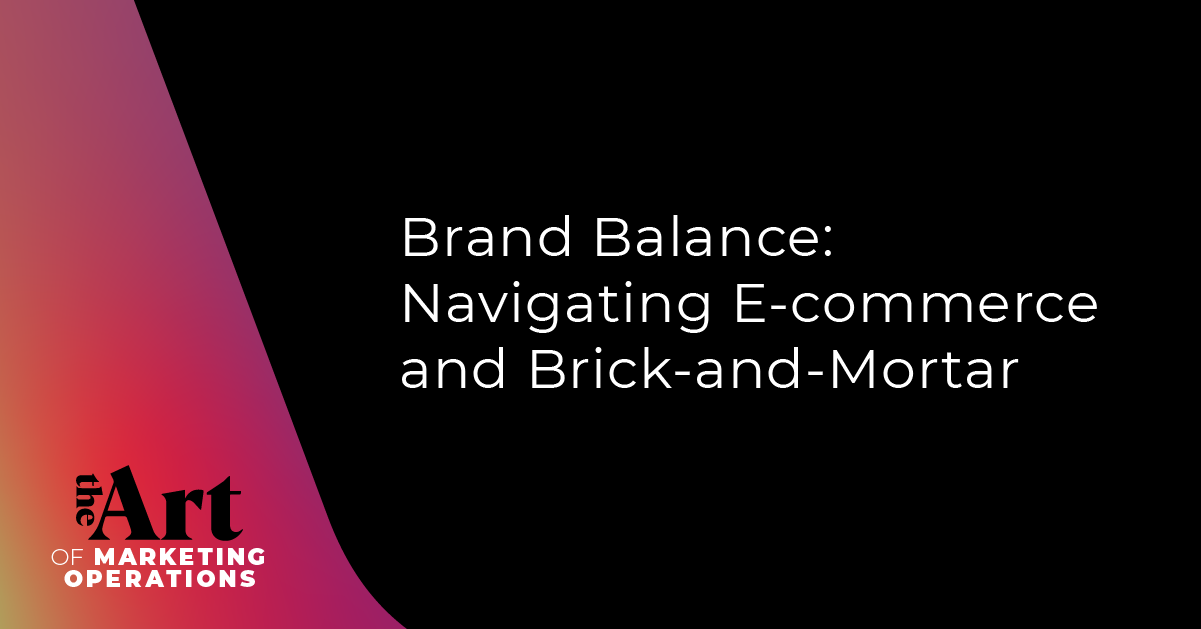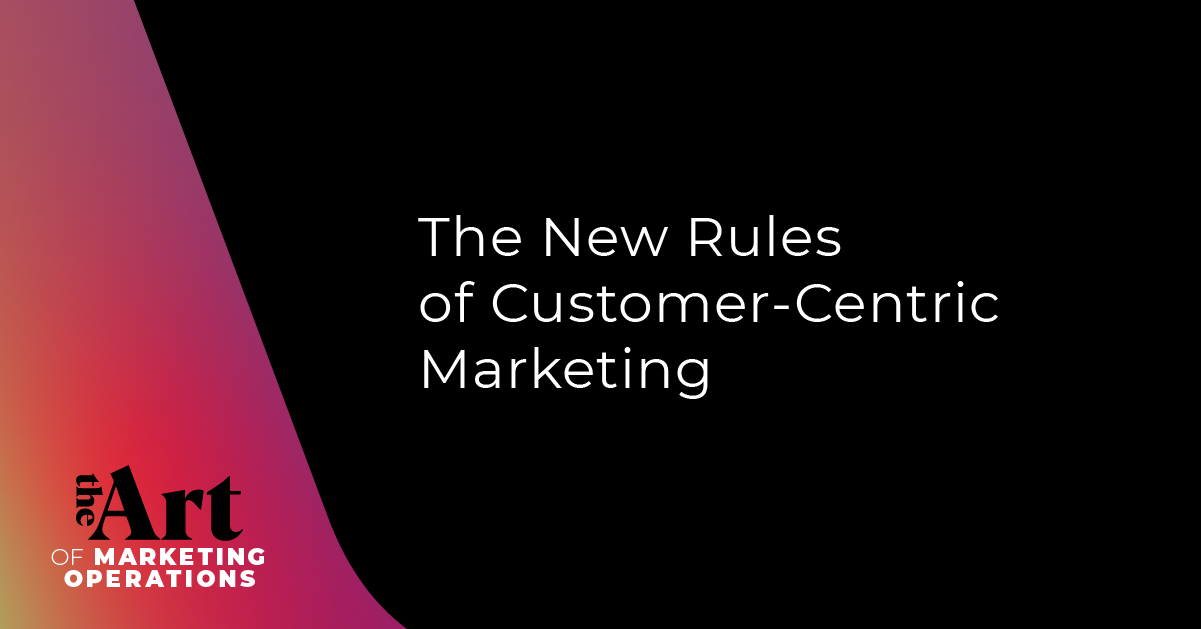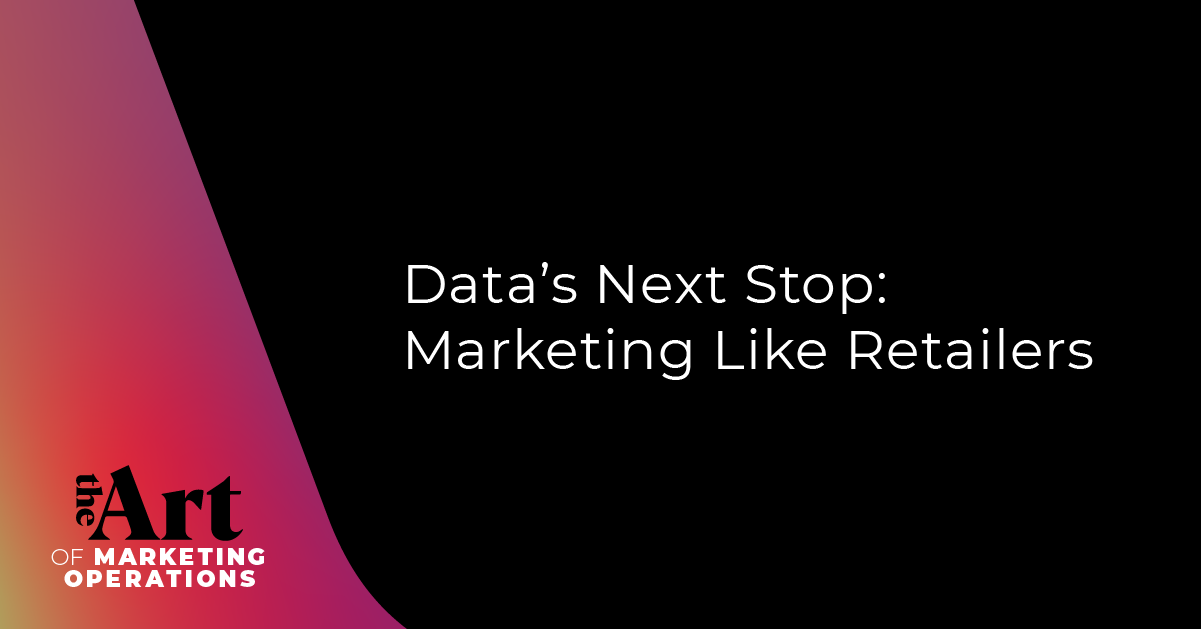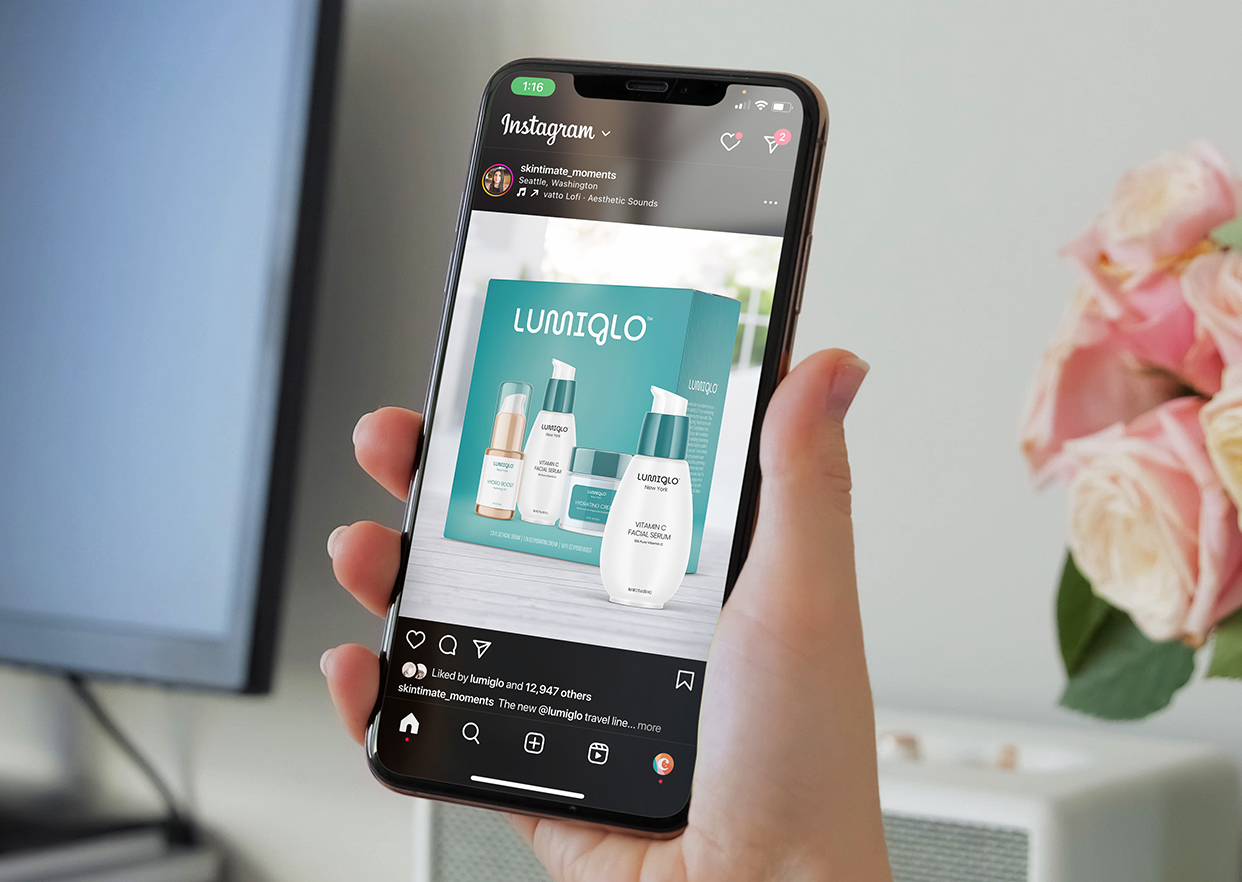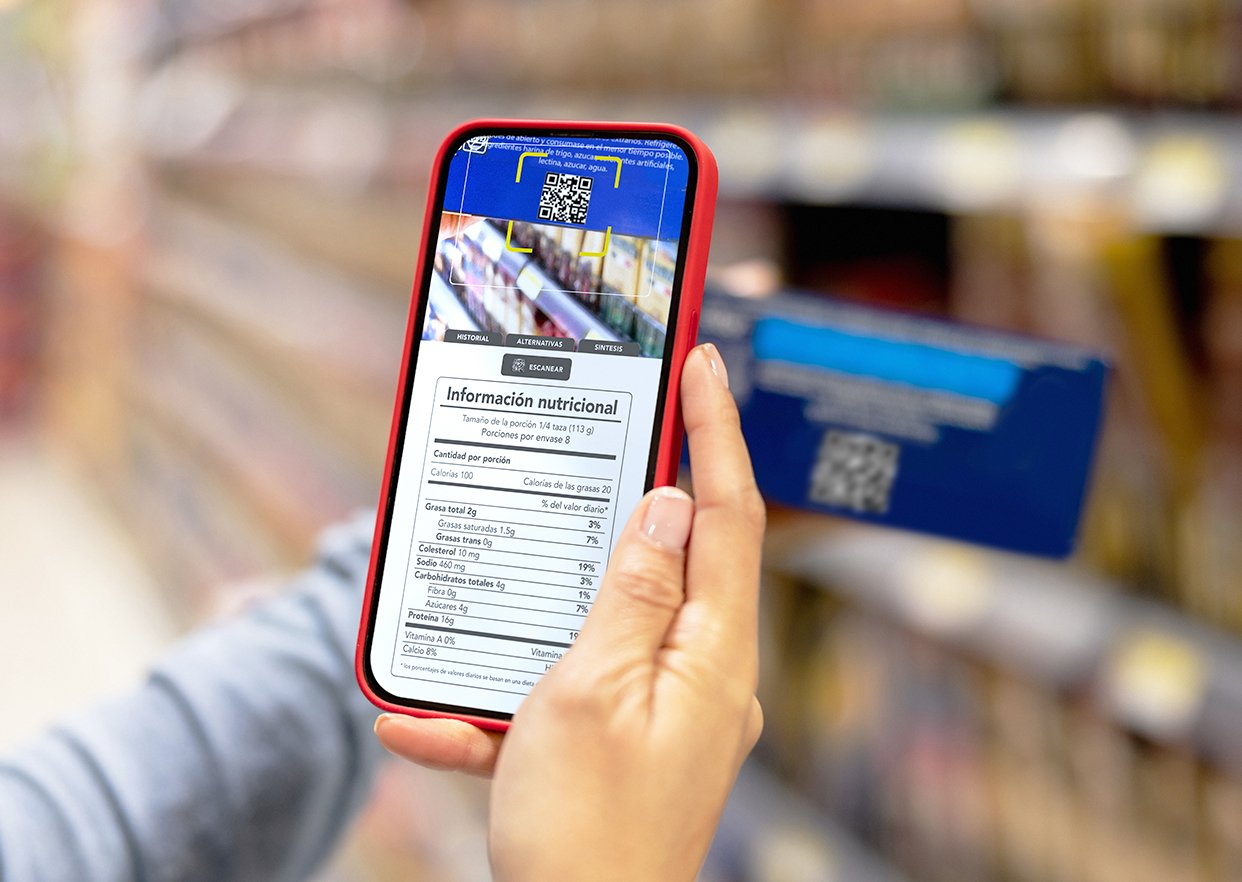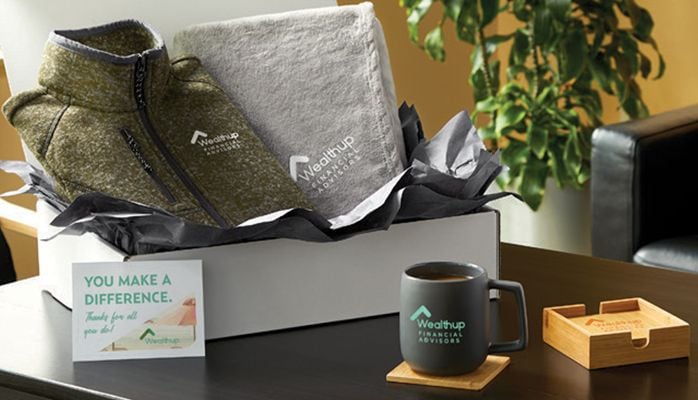Inventors and entrepreneurs start with a product — usually one they are passionate about. But just because you have a product doesn’t mean you have a brand. Successful entrepreneurs turn products into powerful brands and most importantly, brands that tell a story.
Allen Iov, CEO at Brands 10x, is a serial entrepreneur in the e-commerce space. He is constantly creating new products from the ideation stage through to the creation, marketing production, and then ultimately building a brand.
Join us as Glenn and Allen discuss:
- How to be successful when you are moving into multiple distribution channels
- Why the physical packaging of any product is so important to brand identity
- Why retail is still king
How to be successful when you are moving into multiple distribution channels
As a serial entrepreneur, Allen has worked with channels like Amazon, Target, and Best Buy to sell his products. But effectively navigating each comes with unique challenges that must be solved to maintain a productive relationship. Allen shares a few challenges:
- Pricing: One of the biggest modifications Allen had to make between channels was the pricing. On Amazon, his prices were too low comparatively.
- Brand image: While pricing may need to be modified, branding needs to stay consistent across all channels. This means all graphics and wording must reflect the brand no matter the channel — retail included.
- Shipping: Whether you have e-commerce, retail, or both, make sure you have a warehouse for your inventory. There’s many reasons a partner won’t supply as much inventory as you need.
- Certificates: While sites like Amazon don’t require as many certificates, channels like Nordstrom and Target are strict on certifications. Make sure you don’t miss an opportunity because of this.
“When you're selling for yourself on Amazon or your own website, that's just you, there's no one really telling you how it should be,” he explains. “But once you get into a relationship with these stores, you're working with someone else on your products, there's certain things that are expected of you.”
Turning products into brands
Early on in Allen’s product journey, when he was only selling on Amazon, he thought he had it made with a million dollar company. But after a temporary suspension on the website, he knew he had to look at expanding his channels for security reasons.
After finding a mentor to help foster this growth, Allen learned right away what his biggest problem was: He had a product, but not a brand — he didn’t own the marketplace or the customers he relied on.
Diversifying where his product lived online and creating that brand was only made possible through that consistent messaging and modified pricing referenced above. But brand image goes much further than just that.
Why the physical packaging of any product is so important to brand identity
Packing still matters — whether you’re in a retail store or just online, overlooking this step can be incredibly damaging to your brand image. The reason: It’s your customer’s first impression with your brand, setting the stage for the kind of quality they can expect from your company.
Think of two identical products: One in a plain cardboard box with a picture on the top and the other in a clear plastic sphere with pictures showing people using the product and a hole to feel the product’s material. It’s easy to see why the latter option is more attractive.
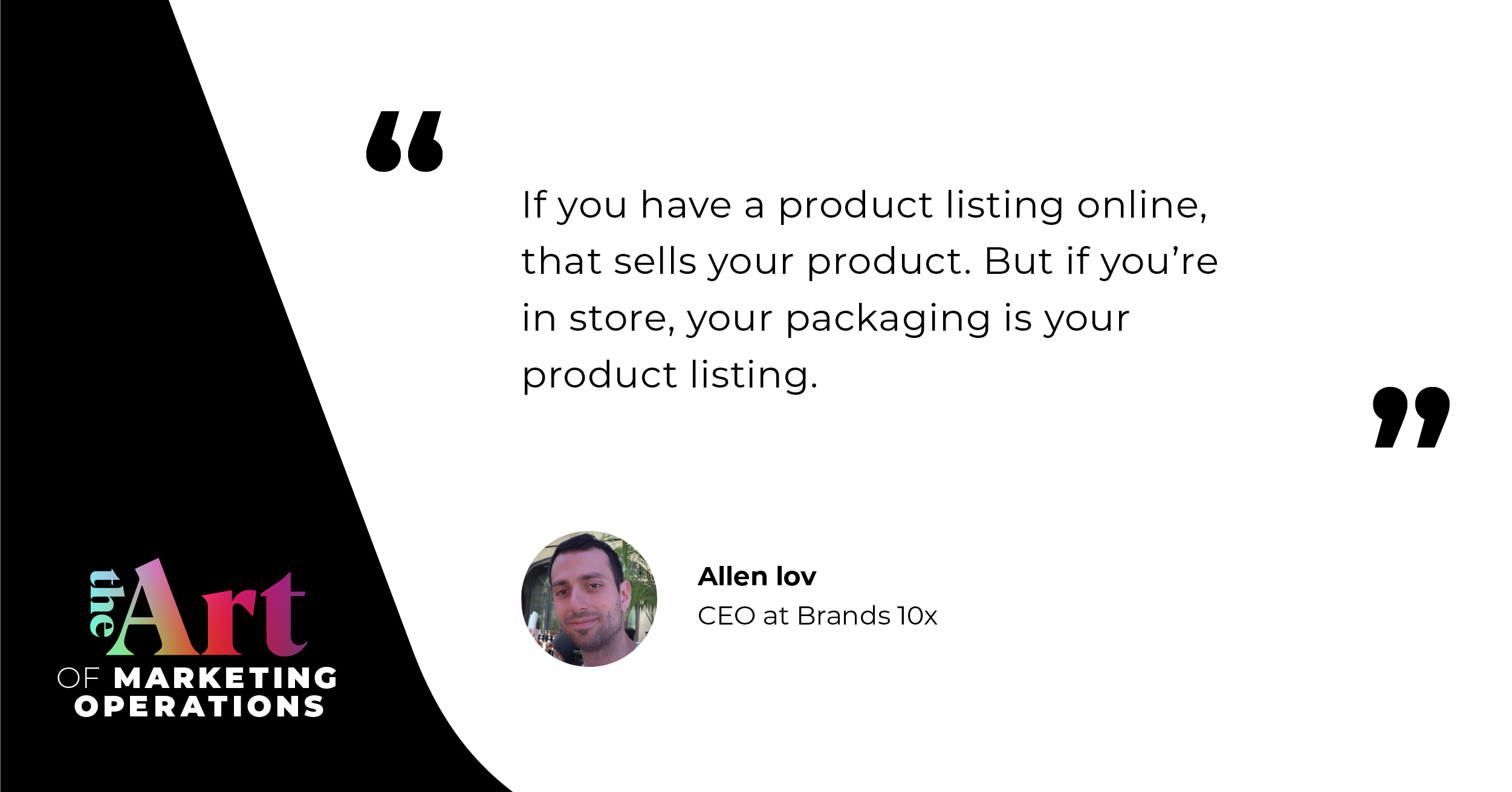
“If you have a product listing online, that sells your product. But if you're in-store, your packaging is your product listing.” — Allen Iov
Your product packaging carries as much weight as the product itself. Make sure you’re maximizing every customer touchpoint possible: Packaging, messaging, certifications, and beyond.
Why retail is still king
With the heavy emphasis on digital these days, it can be misleading when it comes to choosing the best place for your product to live.
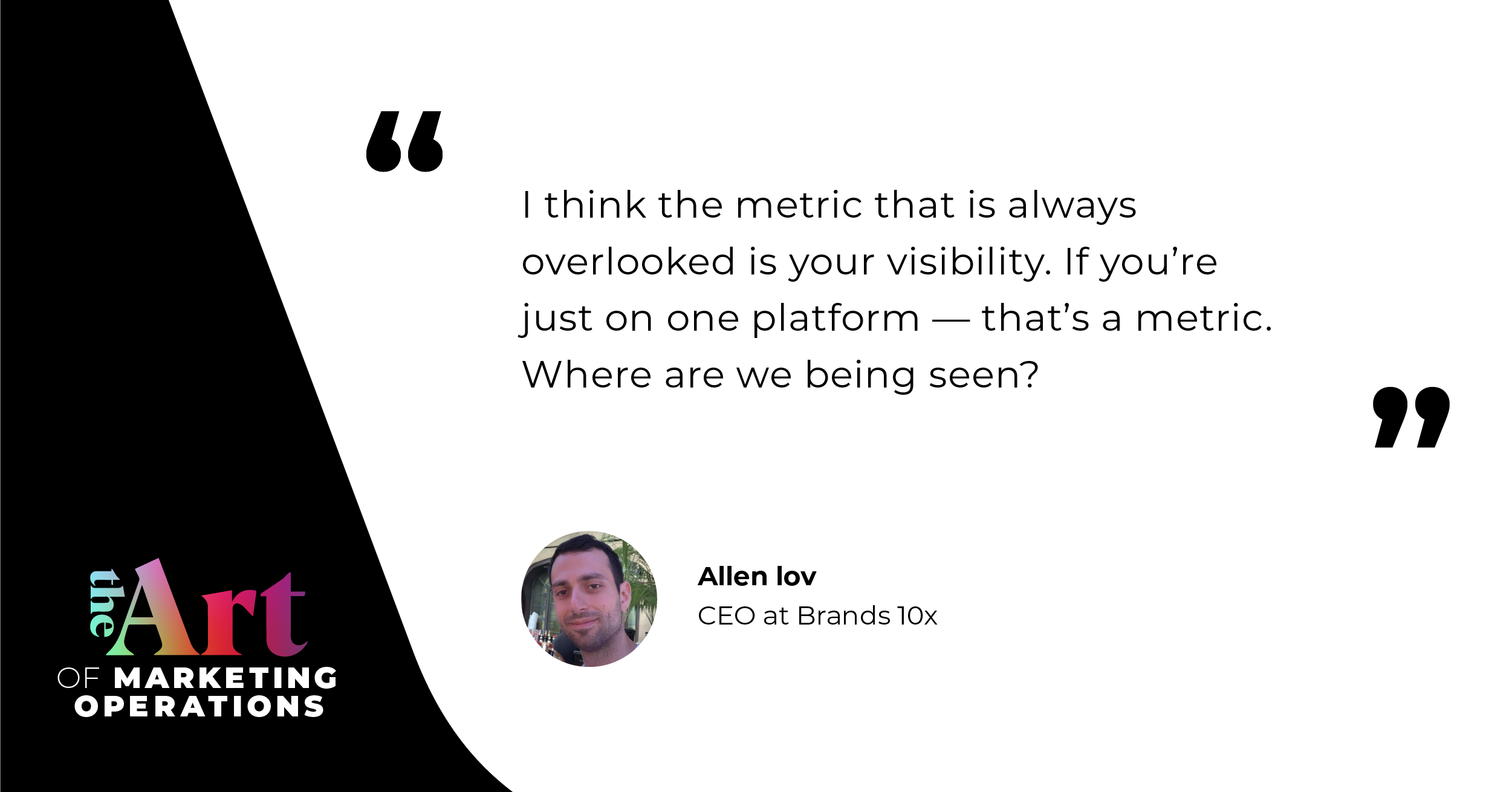
“I think the metric that is always overlooked is your visibility. If you're just on one platform — that's a metric. Where are we being seen?” — Allen Iov
Yes, online stores like Amazon can give you reach you’d never have in a physical store. Even so, keep this information in mind: Retail sales accounted for 80% of all sales last year. How is this possible? It comes down to buyer behavior and advertising spend.
- Buyer behavior: While the majority of sales don’t actually occur in-store, they are how new customers first get their eyes on your product. Many people will first see your product in-person and then buy online.
- Advertising: Once in-store, your advertising cost is significantly less compared to the never-ending battle of online ad competition. In an actual store, you’re not competing with every similar product to yours; in a store, you’re singled out.
Product security means existing on multiple channels. While online and retail both have their advantages, your best chance of success is a combination of both — keeping brand image strong across every channel.



